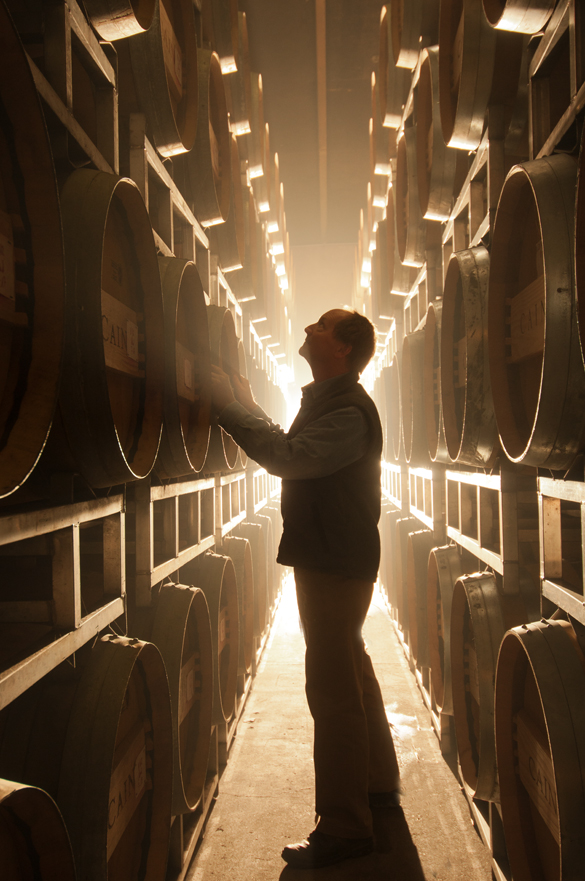
The success of Cain depends on the combination of an incredible site, an inspired vision, patient, persevering, and tenacious ownership, and the unending hard work of the Cain team. Take any of these key elements away, and you would not be reading this—nor would we even be writing it.
Each year, our work on Spring Mountain is marked by a few almost sacred moments in both the vineyard and the cellar: the beginning of pruning, the end of pruning, budbreak, flowering, veraison, bottling, the arrival of harvest interns, the beginning of harvest, the making of the wine, the end of harvest. Some of these events we acknowledge with ceremony, others we quietly observe.
What follows are our thoughts and observations, our questions and curiosity about this endlessly fascinating alchemy and its history that begins in the vineyard and results in the beautiful, complex, nuanced, refined glass of wine in your hand.
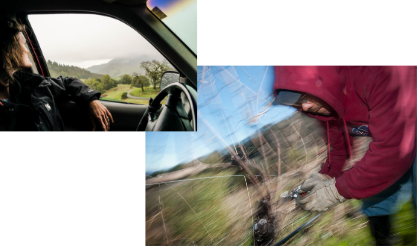
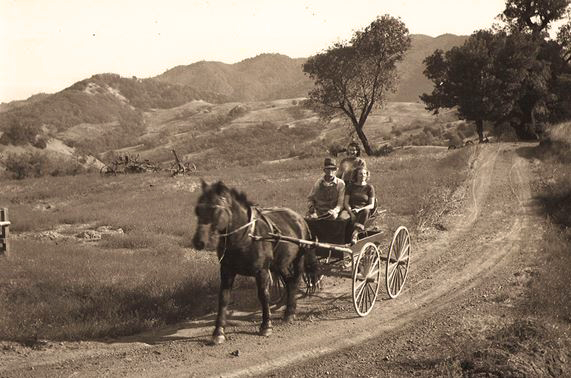
For more stories & topics and to explore our Cain blog: Media Archives & Musing
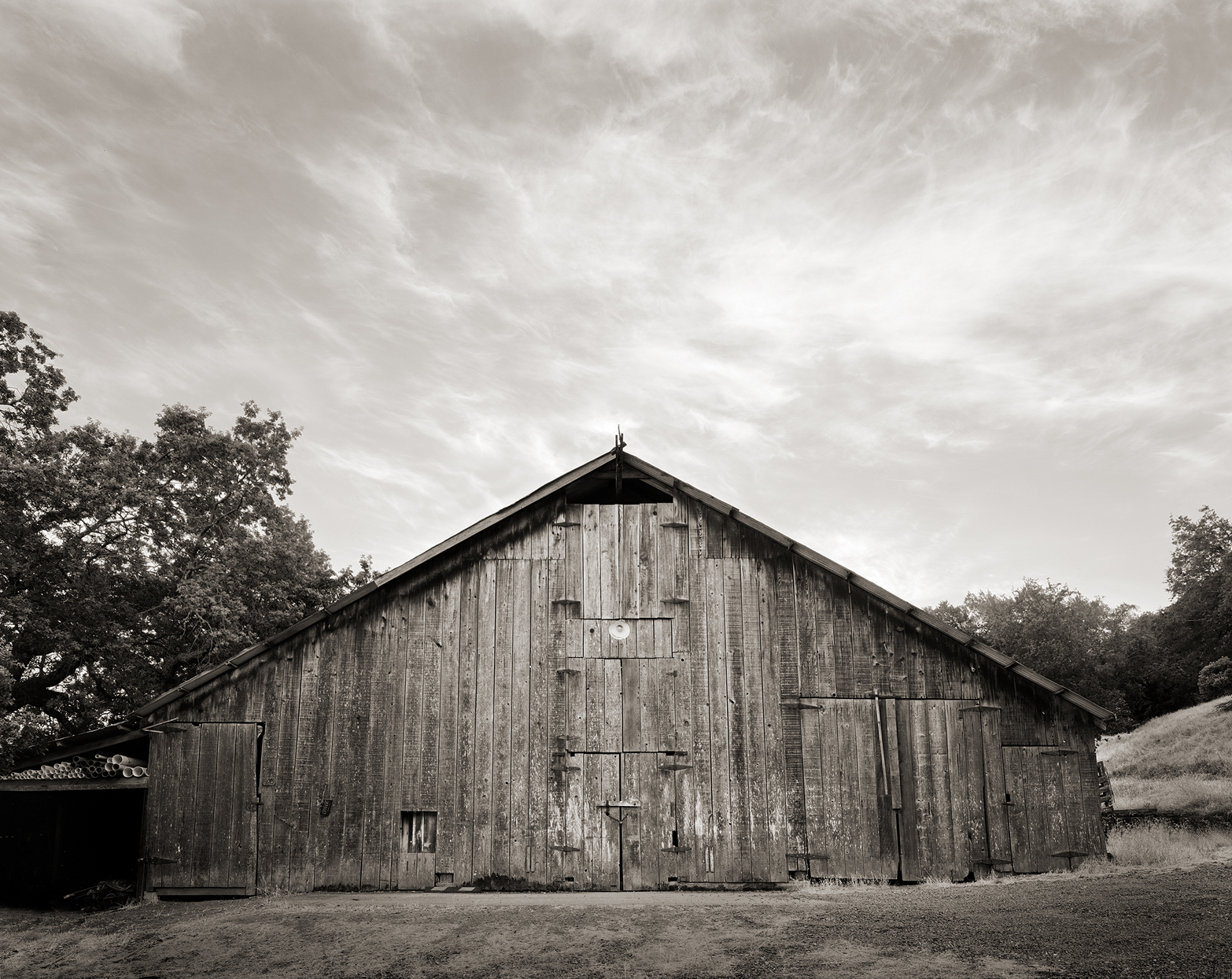
In 1980, Jerry and Joyce Cain purchased 550 acres, part of the historic McCormick Ranch, on Spring Mountain. Five generations of a family have grown up on the McCormick Ranch. Much of the ranch is still in the hands of that founding family. The tradition of the homestead is embodied today in the McCormick Sanctuary, which, through the generosity of the founding family, has become part of the California State Park System.
The planting of the Cain Mountain Vineyard began shortly after the Cains purchased the property. This initial phase continued through 1988, followed by replanting from 1996 through 2006 onto phylloxera-resistant rootstocks. Replanting has begun again after the 2020 Glass Fire burned directly through the bowl of the Cain Vineyard, taking most of the vines and all of the buildings.
The first crush at the new winery, christened “Cain Cellars,” was in the fall of 1982, at the newly constructed winery. Jim and Nancy Meadlock joined the Cains in 1986, and, in 1991, assumed sole ownership of the property. Chris Howell, who began consulting to the Cains in 1990, took over direction in 1991.
Since then, the entire project has been known as Cain Vineyard & Winery. 1990 saw first vintage of estate-grown Cain Five, continuing through 1994, and beginning again in 2007, as the replanted vineyard matured.
Cain Vineyard & Winery could only have developed as it did through the continuity of more than three decades of ownership and the very long term stewardship of a core group of the Cain team.
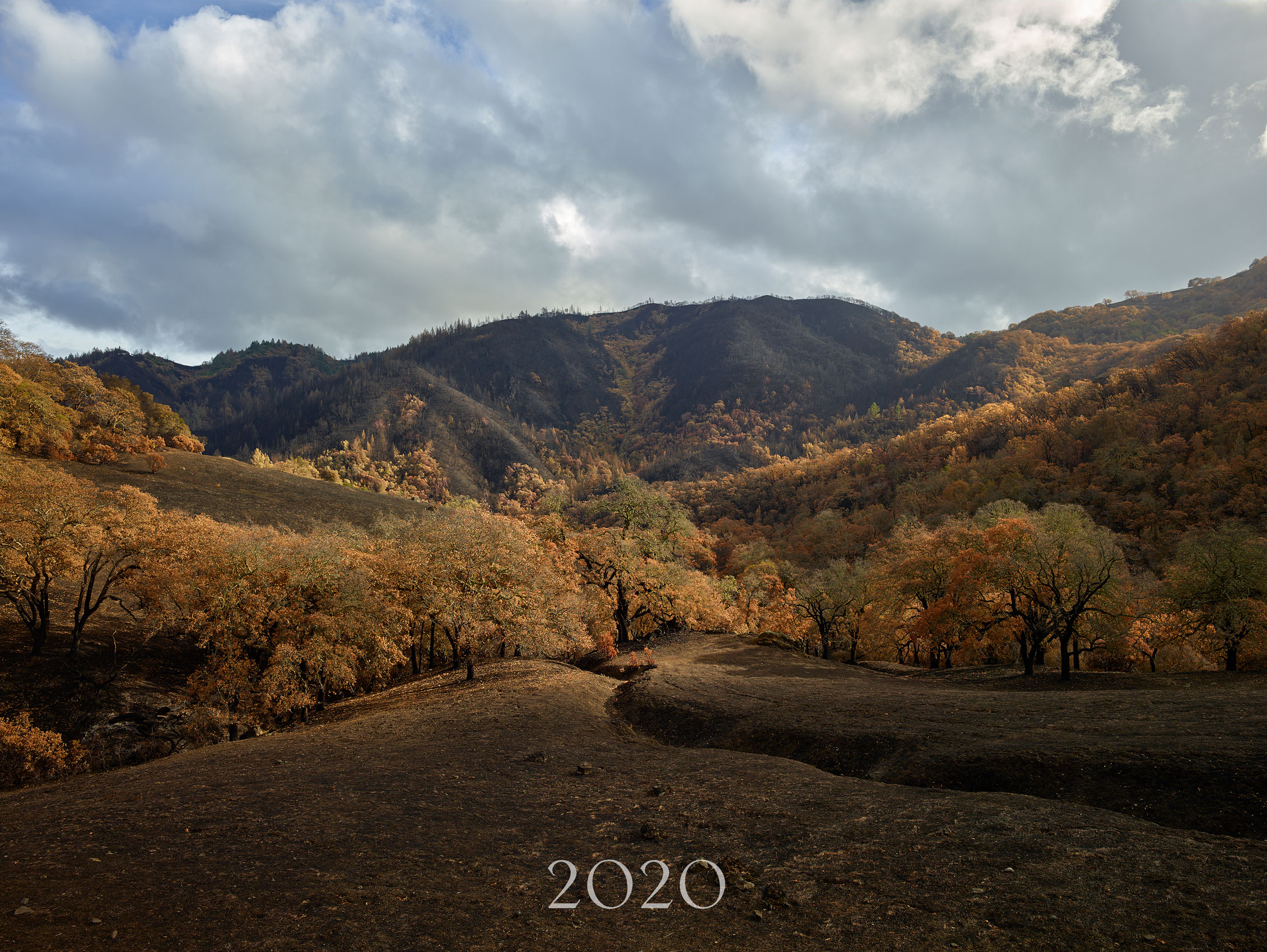
Click on image to view History of Cain Image Gallery
McCormick Ranch
At one time, the McCormick Ranch encompassed some 3,000 acres. Before the time when the Cains purchased the property, hundreds of sheep grazed on both the Napa side and the Sonoma side of the Mayacamas Range in the area known as Spring Mountain. The historic barn was completed in the 1870s (this beautiful barn from another era was entirely destroyed in the Glass Fire of 2020). Sheep ranching continued into the 1970s, until it became financially unviable.
Cain’s Founders
When Jerry and Joyce Cain purchased the McCormick Ranch in 1980, their vision was to develop a mountain vineyard dedicated to the classical blend of varieties: Cabernet Sauvignon, Cabernet Franc, Merlot, Malbec, and Petit Verdot. The fruit of this vineyard would inspire the creation of the Cain Five—its first vintage was 1985. As Jim and Nancy Meadlock partnered with the Cains and eventually became sole owners, they carried forward this core idea of preserving the classical blend of Cain Five.
Cain Mountain Vineyard
In 1980, with the advice of James Lider, the Cains retained Laurie Wood to begin the development of what they called the Cain Mountain Vineyard. The first vines of Cabernet Sauvignon were planted around La Piedra in 1981 and 1982. Cabernet Franc was planted in the Orchard in 1984. The next year, Vineyard Manager David Hudgins planted Merlot, Malbec, and Petit Verdot, thus completing the classic set of five varieties. 1987 saw a new planting of Cabernet Sauvignon on the winery hill and, in 1988, the last area to be planted was cleared and terraced below the “Picnic Tree” on the Napa–Sonoma county line. The last planting of that time was completed in 1992 utilizing a series of phylloxera-resistant rootstocks. Eventually, all of the original plantings of the first decade had to be replaced using different rootstocks.
Cain Cellars Winery
Once the Cains had completed purchase of the property back in 1980, they obtained the necessary permits required to design and develop the original winery. The winery was christened “Cain Cellars” at its first crush in the fall of 1982. Tanks continued to be installed, and a new barrel room was added in 1984. The structure as it existed prior to the Glass Fire was completed in 1986. The Cain Cellar had a capacity of about 25,000 cases per vintage, and it was initially designed to make both white and red wines. Utilizing both tanks and barrels, the Cain Cellar operated as a facility for making red wines, with two vintages of wines aging in barrels.
The Cain Team
Over more than forty years, the threads of all those who have worked at Cain have been deeply woven into the vinicultural fabric of the Napa Valley. Throughout this time, many people have contributed to the Cain wines. While some have continued to work at Cain for more than ten or twenty years, others have gone on to plant other vineyards, make other wines, and to sell other wines: some are working for other vineyards and wineries, and others have begun their own projects. We can count literally dozens of wines that have been touched by those who also touched the wines of Cain.
The Glass Fire & Renewal
After the Glass Fire, replanting of the Cain Vineyard commenced again. Beginning late in 2020, Vineyard Manager Ashley Anderson-Bennett and her dedicated team of vineyardists replanted a couple of acres and in the Spring of 2021 moved forward to replanting another ten acres. The work is slow; the baby vines are growing well. This has given us an opportunity along with the time to think about how we would want to improve the Cain vineyard, an opportunity that has come out of a lot of hardship and loss.
For Cain, the most reassuring event over the early period of work was that we had a 2021 vintage. Though the harvest was quite small, the wines we produced continue to recognizably reflect the Cain Vineyard, as we have come to know it, over four decades of work. There will be a 2021 Cain Five, grown in the Cain Vineyard.
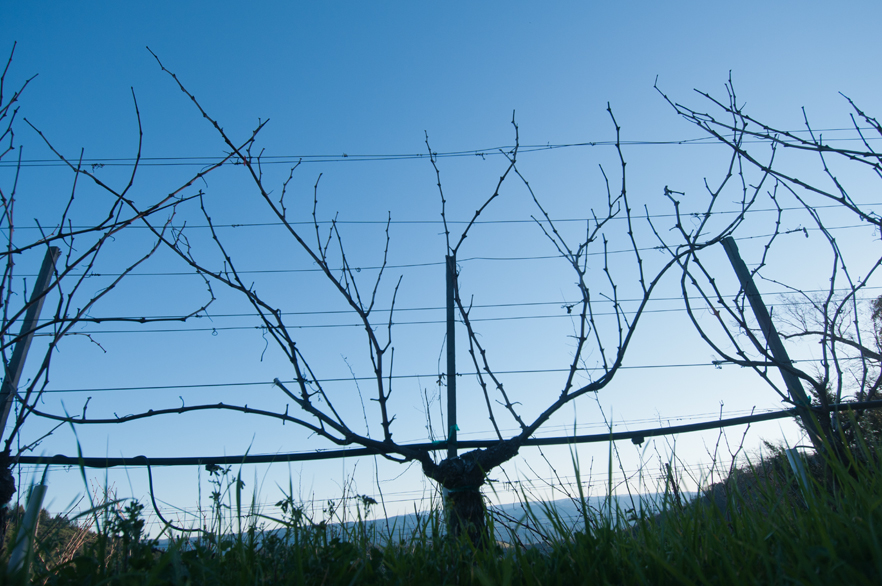
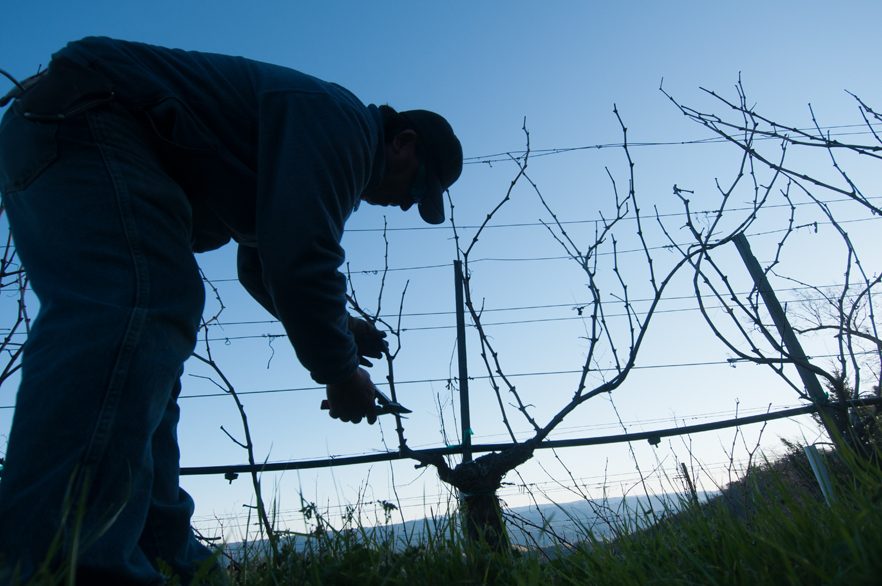
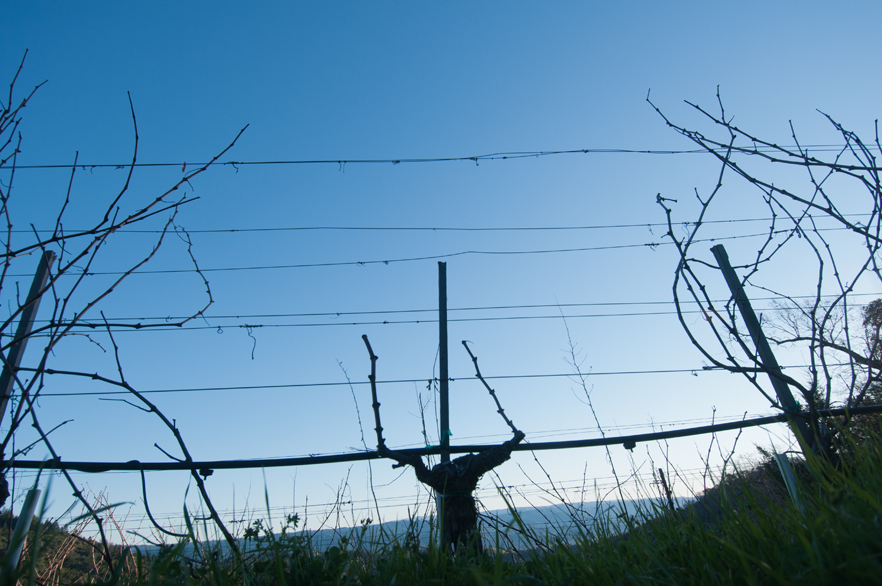
Take sunlight, add water, and you have wine. It is so simple, yet, at the same time, it is infinitely complex. As everyone knows, it all begins in the vineyard. The beauty and fascination that wine can offer are integral to its beginnings in nature. Vineyard work is one of the most highly developed forms of interplay between human beings and nature. Undoubtedly, the most compelling wines are born in the vineyard. And not just any vineyard, but always a specific vineyard: the result of years of cultivation and discovery. Our quest at Cain, and that of all of our true friends in wine, must be to seek out the sources of individuality of each vineyard with which we work.
The Cain Vineyard
Varying in elevation from 1,400 to 2,100 feet (450–675 meters), our vineyard clings to the sides of a bowl, sited spectacularly, and improbably, along the crest of the Mayacamas Range. The vineyard overlooks the Napa Valley and Saint Helena from the most south-western corner of the Spring Mountain District. Here, the soils are almost exclusively of sedimentary (as opposed to volcanic) origin. Formed from decaying sandstone and shale, they contain significant amounts of clay, which holds on to water and nutrients, releasing them only very slowly. These soils contain little potassium and significant amounts of calcium and magnesium, resulting in low fertility.
The slopes tend to be fairly steep, so the soils are thin and water-holding capacity is limited, and most of the rainfall goes to run-off, down into the valley. The exposures can be significant, ranging through all the points of the compass, giving the extraordinary diversity that contributes to the complexity of the Cain Five. With our five grape varieties and the natural variation within our vineyard, harvest usually lasts about six weeks. The first grapes to ripen are usually east-facing Merlot, and the last picked are often some northwest-facing Cabernet Franc.
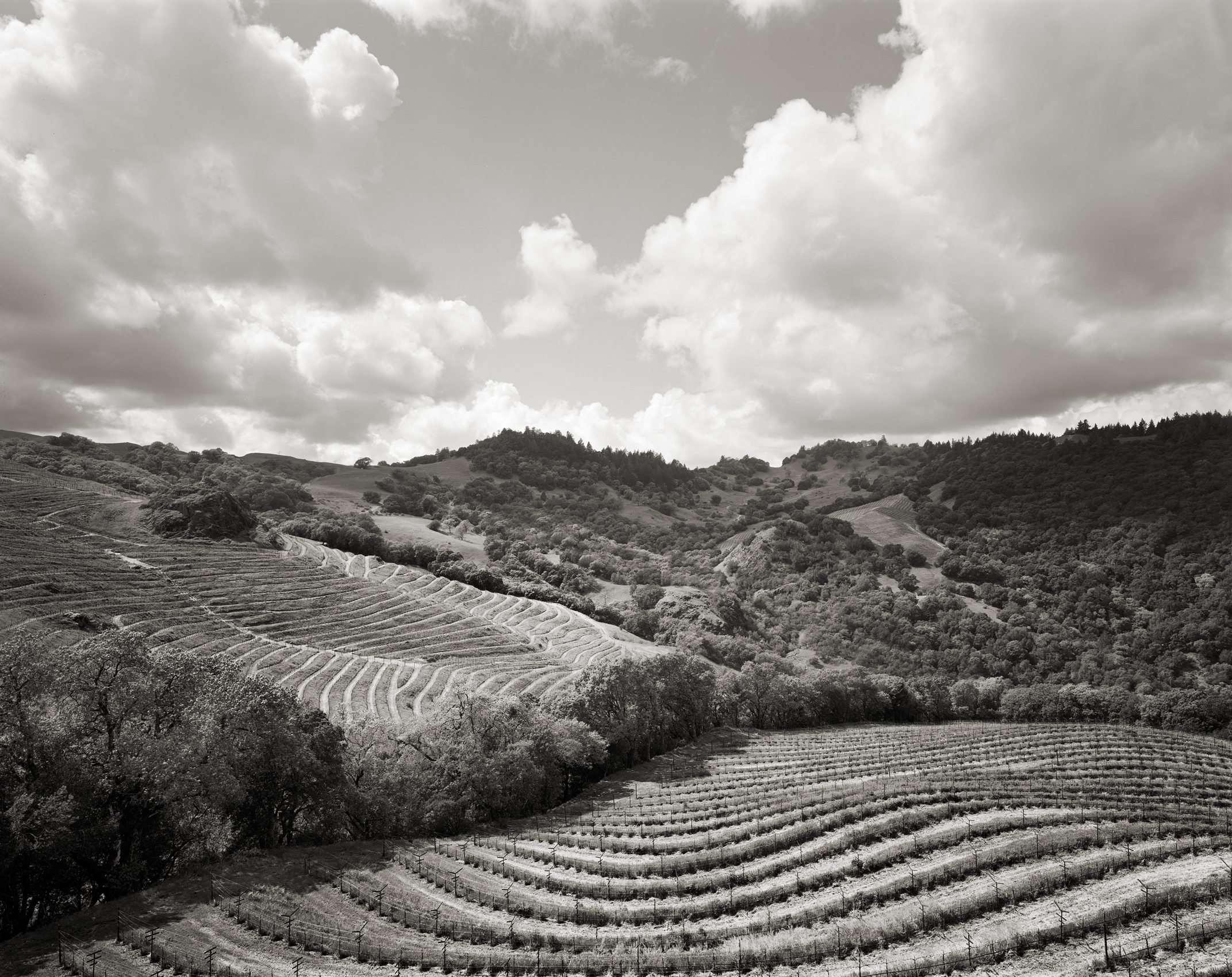
Click on image to view Beckmann Image Gallery.
The weather up here is completely different from that down in the valley. As one might expect, it’s generally cooler throughout most of the year. For example, when it snows anywhere in Napa county, it snows at Cain—which it does nearly every year. But, even though it’s generally cooler up at Cain, the mornings can be warmer than in St. Helena. Especially when there’s no wind and it’s a clear, cloudless night sky, the coldest air will settle onto the floor of the valley and the warmer air will rise. So, even though we’re more likely to have snow in the winter, we’re less likely to experience the spring frosts of the valley floor. During the crucial months of August and September, when our grapes are developing all of their aromas and flavors, we will often awaken to find the Napa Valley filled with a blanket of clouds, while our vines are “flying” above the clouds in the light of the morning sun.
One other notable feature of the Cain Vineyard is that it consists of small areas surrounded by forest. We suspect that the trees—oak, madrone, bay laurel, and Douglas fir—contribute to the unique aromatic signature of the Cain Five. Just to stand on our mountain and to inhale the scented air reminds one that this place is like no other—and you can taste it in the wine.
Following the harvest of 1995, we began the lengthy task of selectively replanting our vineyard, piece by piece, lest it would ultimately fail due to phylloxera. As of the end of 2009, we had 95% of our vines on roots that can live with phylloxera. In the course of the replanting, we greatly increased the vine density, changed the pruning and trellising methods, experimented with many new (new to this site) rootstocks and varietal selections, as well as improved our drainage and irrigation systems. As arduous as the original vineyard development had to have been, at that point it seemed that we had put just as much work into its redevelopment. While in every case we always thought that we were improving our vineyard, in some cases, through our replanting, we may have learned what not to do in the Cain Vineyard. We see our vineyard in constant evolution.

Click on image for larger version | View All Maps
Replanting After the Glass Fire
Though many vines were lost to the 2020 Glass Fire, enough stalwart survivors persisted to remind us why we tend the vineyard on this difficult mountain! We have a lot of baby vines in the ground now—Ashley Anderson-Bennett, Cain’s vineyard manager, and her team have planted tens of thousands of vines—and our focus is on developing a really extensive root system rather than producing grapes right away. This third major replanting of our vineyards has given us the opportunity to “interview” many grape varietals and clones to see if they are a good fit with the terrain of our Spring Mountain site. This is a case of more than recovery because it gives us a chance to reimagine the vineyard as we’ve known it, but without exactly recreating what it was. This effort represents a rebirth of all that is Cain, planting the fruit that will go into our classic blend and be recognizable to all who know Cain.
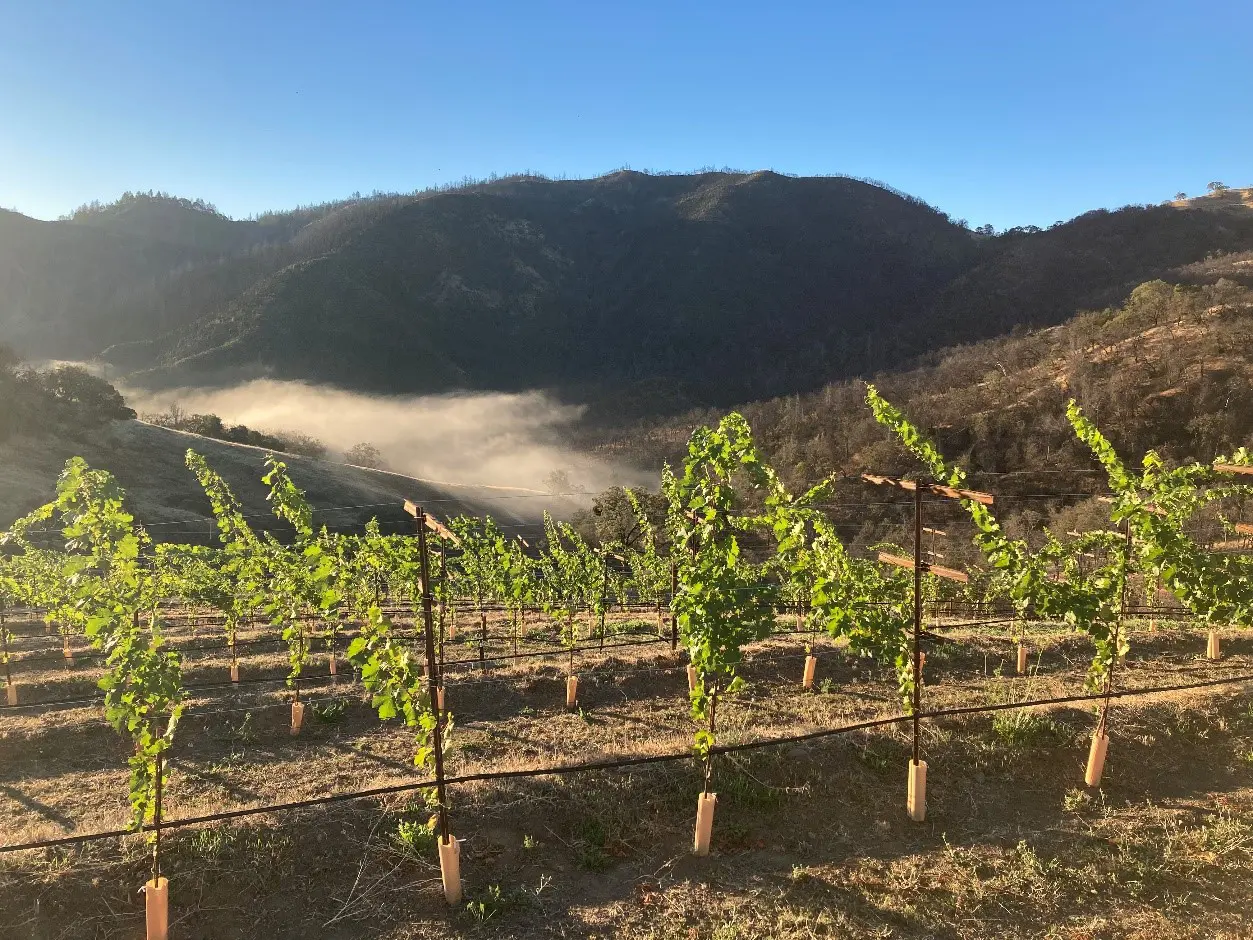
Our Growers
Since 1994, we have sought growers with promising sites in the Napa Valley who share our commitment to learning how to work with their vines to ripen the best possible fruit and to create the most satisfying wines. Today, we are still working with some of the same vines that we first got to know in the mid-1990s. In many cases, we have been working in the same vineyard rows for more than ten years now. All the same, almost every year, we say goodbye to something and begin to get to know a new patch of vines. The site is the determining factor, but, without the care and attention of the grower, nothing can be achieved.
The Key Factors
Soil: The space in which the vine roots live is unseen and inaccessible, and yet it is the most fundamental determining factor in our wines. Because the soil can be seen only when we dig a hole (a “soil pit”), in which some of the roots are destroyed, the soil remains the most mysterious aspect of viticulture. For us at Cain, it is the area of greatest interest. This much we know: The soil is far more than an inert support for the vines. It acts like a sponge, selectively releasing water and nutrients during the course of the growing season. A good vineyard soil holds a significant reserve, but it maintains a scarce availability. More importantly, a good vineyard soil is alive. Bacteria, fungi, nematodes, worms, and bugs all contribute to the complex ecology of the soil, and the vine roots themselves play an active role in engaging and creating this ecology. Thus, while we may know the soil chemistry of a site, we will need many years of patient farming to achieve the optimum balance between a vine and its soil. Most importantly, without soil, we have nothing; therefore, development and preservation of the health of the soil and the preservation of the soil itself (think erosion control) are fundamental.
Exposure: Wherever there is a slope or natural air drainage, the exposure will determine how the heat of the sun is captured and retained. This, in turn, will affect how the vines grow and how the grapes ripen.
Climate: There has been much ado, in the New World, of the effects of climate on the quality of wine grapes. And it’s true that the best wines come from grapes that ripen naturally and progressively under moderate conditions—generally near the natural end of their growing cycle. If it’s too hot, sugar may accumulate, acid may fall, and color may disappear before other qualities (for example: aroma or tannin) reach ripeness. If it’s too cold, the grapes may hang forever, struggle to get ripe, or not even achieve ripeness at all. Each variety has its own requirements.
Water: Fine wines develop under conditions where water is a limiting factor. Some is almost always available—enough to support vine growth in the spring, and enough to allow leaf transpiration during the summer, but not too much, so that the vine can stop growing and ripen its fruit. In the north coast, although it almost never rains in the summer, a vine obtains most of its water from natural soil reserves accumulated during the winter rains. Selective irrigation during the summer and fall is applied as a supplement to meet the vine’s needs to ripen the best quality of fruit.
Viticulture: During the past twenty years, much has been learned (or relearned) about classical viticultural methods. Today, a great deal of attention is given to the choice of rootstock, variety, selection and clone, vine spacing, row direction, vine height, trellising scheme, cover crop, soil nutrition, irrigation methodology, and so on. Every detail makes a difference; and the cumulative effect of many of these choices can have a definitive impact on the ability to ripen grapes appropriately for making fine wine.
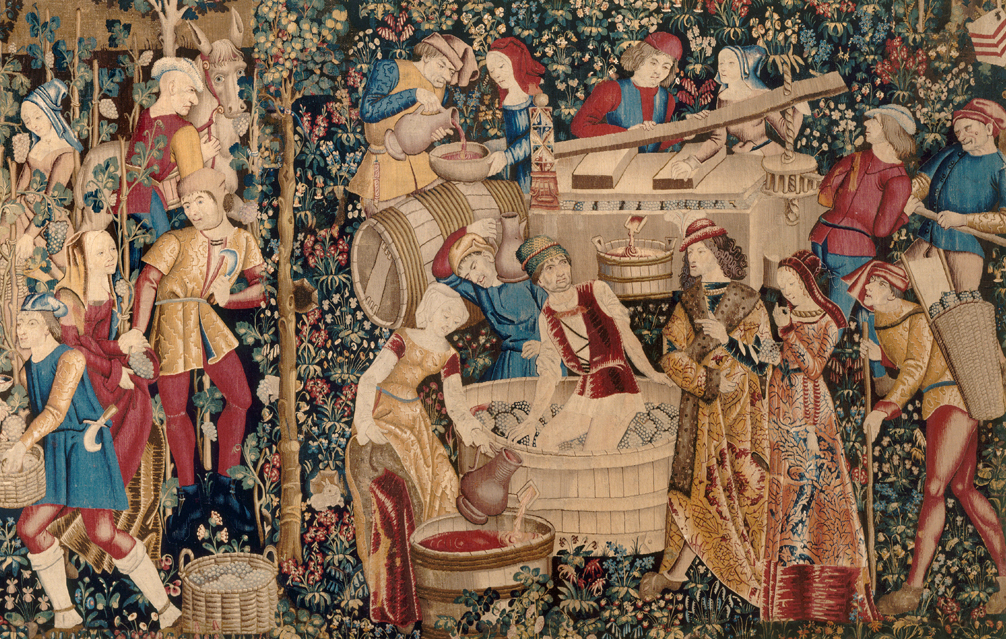
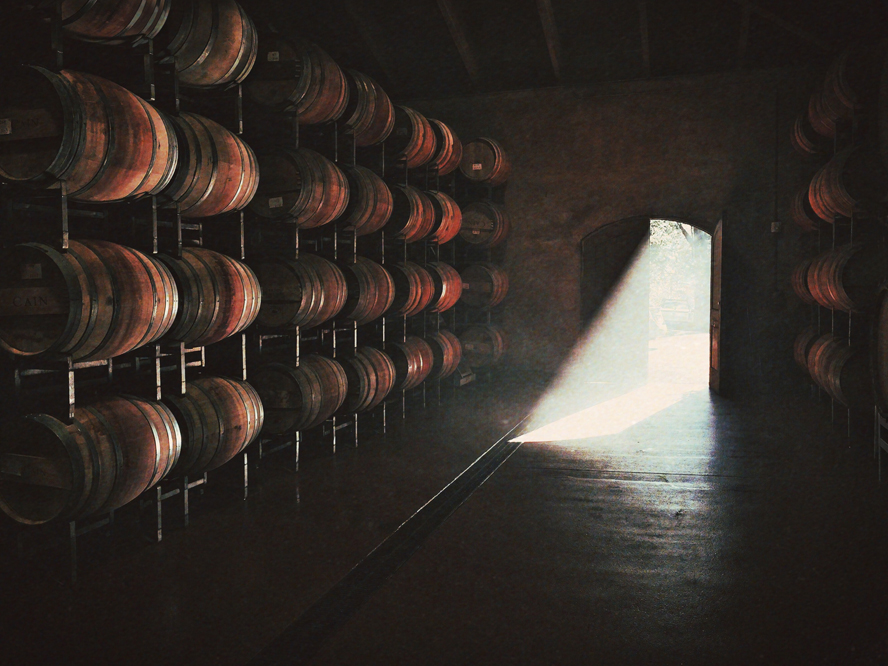
The transformation from grape to wine is magical. 1,000 years ago, alchemists called this process “fermentation.” Although much is understood, much is also misunderstood, and much more still remains a mystery. This is exactly as we would have it.
Nothing that we do at Cain could be called unique—in fact, it could be called classical winemaking. Nevertheless, we believe that the sum of all our choices could still yield a wine that is uniquely Cain. Making red wine can be reduced to the most elemental, timeless recipe—and this is how we approach it. Our winemaking program is simple, and it follows the same path for all our wines: hand picking, gentle destemming, native-yeast fermentation, thoughtful maceration, and intentional élevage.
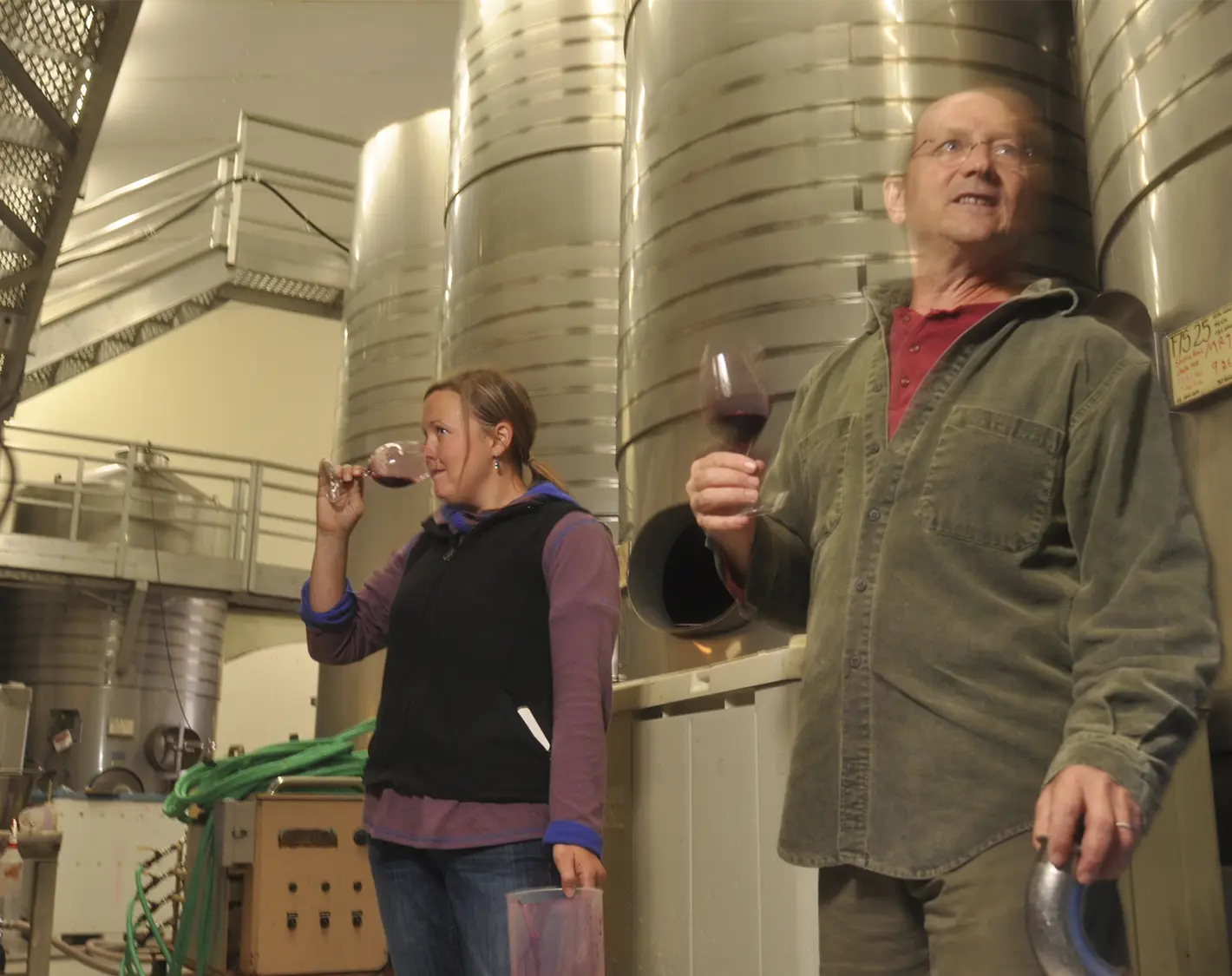
Beckmann Image Gallery
Beckmann Image Gallery
Select one of the images directly above to view an image gallery of Cain Vineyard & Winery by Olaf Beckmann. To view more Cain Image Galleries, see the Cain blog, Media Archives & Musing
Cain Vineyard & Winery Facts
| Founded: | 1980 by Jerry and Joyce Cain |
| Cain Vineyard: | 500 acre ranch, 90 acres planted, Spring Mountain District |
| Production: | 12,000 cases |
| Owners: | Jim and Cindy Meadlock |
| Wines: | Cain Five—Cain Vineyard, Estate Grown & Bottled Cain Concept—The Benchland Cain Cuvée—Napa Valley |
| Wine-Grower/GM: | Christopher Howell |
| Vineyard Manager: | Ashley Anderson-Bennett |
A Selection from Cain Media Archives & Musing
For more stories & topics and to explore our Cain blog: Media Archives & Musing